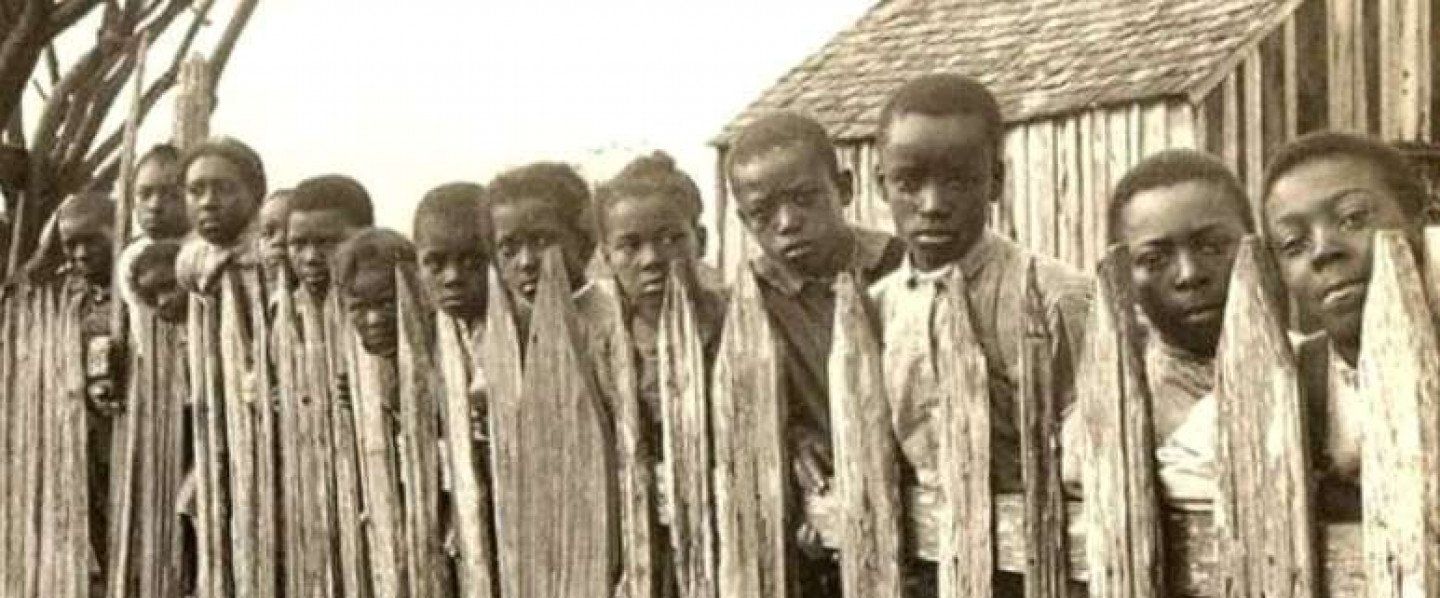Hannibal's First Memorial to Jim a.k.a. Daniel Quarles
In a town that celebrates all things Twain, Jim's Journey recognizes one of Twain's most complex yet locally under-represented literary figures: Jim, the runaway slave, and friend to Huck Finn. We all know Jim is a fictional character, but we have learned that he was based on a real person, Daniel Quarles. As Hannibal's first African American history museum, our mission is to honor Daniel Quarles' legacy and to glimpse what life was like for him, his descendants and other African Americans living in the 19th- and 20th-century Hannibal.
Though there is much debate on the subject, Mark Twain's Adventures of Huckleberry Finn certainly vies for the position of "Great American Novel." Published in 1884, the novel uses satire and humor to teach important lessons about racism.
Twain made Jim a central character in the novel. However, Twain also extensively referred to Blacks as "niggers," a derogatory term that can be personally offensive, especially in our racially mixed classrooms where it is taught today. We might deride Twain for his insensitivity, but we must also realize that he could not accurately tell the stories of his childhood in Hannibal while opting for any other less offensive word. To do so would be to deny the horrors of his times as well as the truth of black-white relations at this moment in time.
Twain's novel emerged from a culture steeped in racism, with a series of "scientific conclusions" that labeled blacks as sub-human creatures without souls, reason, or emotions. Our modern standpoint may lead us to read the novel as racist when it is properly contextualized within its historical period, we realize that Mark Twain's portrayal of Jim as a complex, multifaceted character rather than a stock stereotype show readers Jim's humanity. Jim is no longer invisible, he becomes a man, a husband, a father, and a friend capable of the deepest of human emotions.
Until recently, the only memorial in all of Hannibal to even mention Jim was a 1934 Missouri Historical Marker, pictured here. It was posted at the base of Nipper Park until its disappearance in the late 1980s. Read it above.
The marker was donated to Hannibal in 1934, along with several other markers (some of which are still in place) by George Mahan, then president of the Missouri Historical Society. Mahan's father was responsible for the 1911 purchase, repair, and donation to the City of the Samuel Clemens Boyhood Home. George was born in 1851, lived with slavery until he was an adolescent and he likely viewed this as a proper memorial, Niggar Jim notwithstanding.
At Jim's Journey, we've created a place where residents and visitors can now celebrate the importance of this literary figure and learn the history of African Americans in the Hannibal that Jim represents.
THIS HISTORICAL MARKER AND ITS OWN HISTORY ARE REPRESENTATIVE OF THE COMPLICATED LEGACY OF TWAIN AND RACE IN HANNIBAL.





